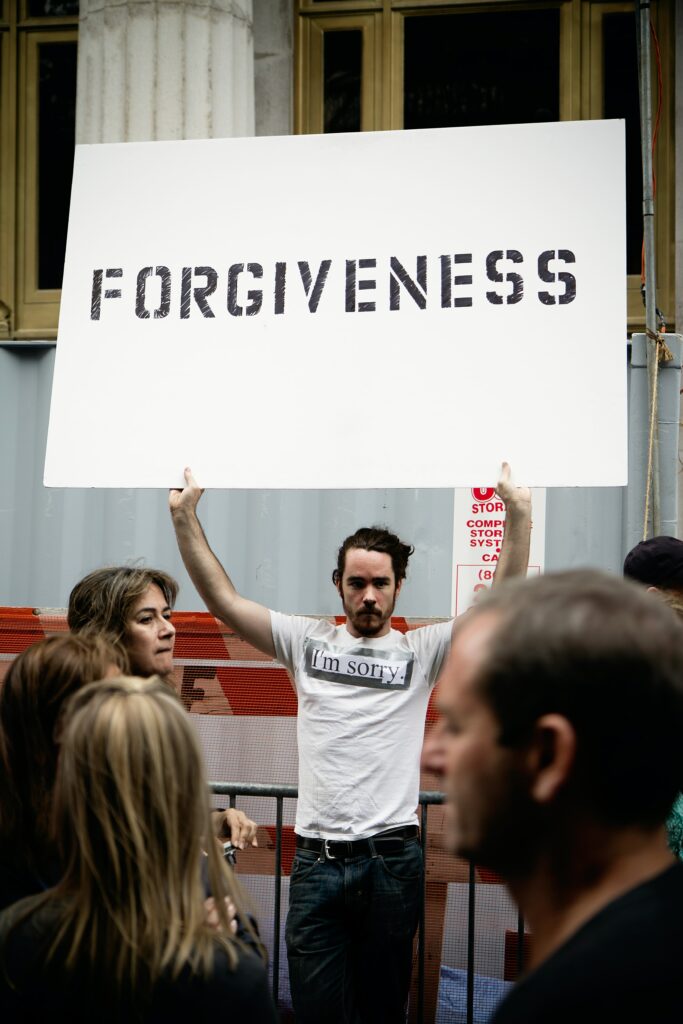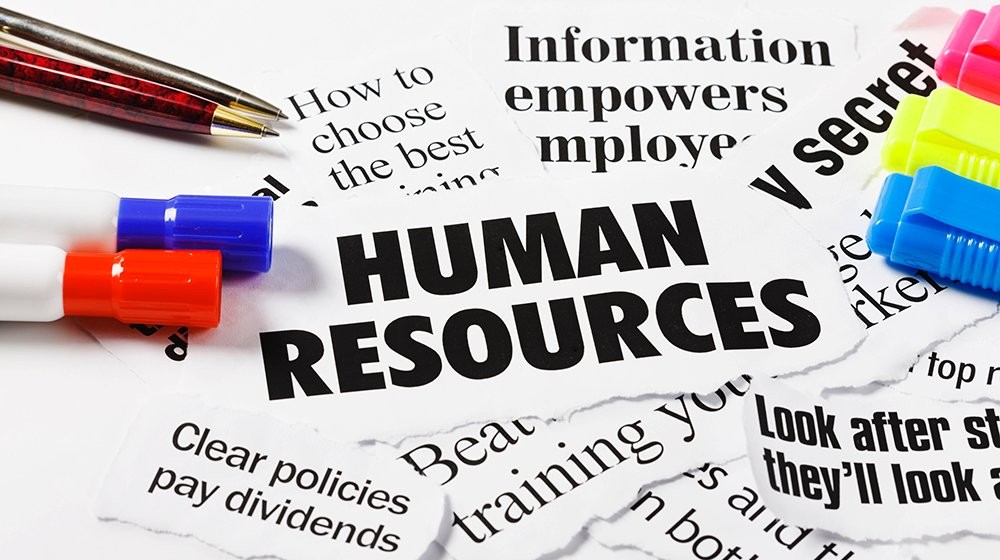The Art and Science of Forgiveness
Why Forgiveness?
In a competitive and often vindictive society, the opportunity for being hurt, mistreated and injured remain high. Holding on to real or perceived slights creates bitterness, resentment, and sadness which take their toll on physical and mental health. Research on forgiveness interventions has shown them to reduce blood pressure, the experience of pain, anger, depression and stress and lead to greater feelings of self-efficacy, optimism, hope, compassion and ease.
What is Forgiveness?
Forgiveness is a rich word, with varied descriptions and definitions over time and culture. While many exist, for the purposes of the Stanford Forgiveness Project - SFP (Dr. Luskin is the founder and co-director), we define forgiveness as the experience of peace and understanding that can be felt in the present moment no matter what has happened in the past. In this context, we are the only ones who can remedy a situation in which life threw us a curve; which caused us to get upset because what happened was not what we wanted to happen. We got lied to when we wanted the truth. We were abandoned when we wanted care. Forgiveness reminds us we hold the keys to being assertive and creating peace in the present, no matter how recent or long ago a painful experience occurred.
Life often unfolds in a chaotic way, and it’s our unmet expectations about the way it should play out that create much of our suffering. All of us have been in situations where our well-intentioned plans have gone array, be it as a student and not getting the grade we believed we deserved, a job candidate believing we were the right person for the job and not getting it, an employee seeking a promotion and not getting it, a life partner finding out it is over, or the patient, getting a terrible diagnosis. Life can be very challenging, and we are here to say it is our continued and often escalating objection to not getting what we want that causes emotional, social and physical pain.
Forgiveness is the resolution of this objection, it’s making peace when you didn’t get what you want and letting yourself move forward. Forgiveness doesn’t justify cruelty, nor is it to forget that something painful has happened, or even reconciliation with an offender. It is the choice to accept, the making of peace with our full lives that helps to take back power, lose the victim identity and control negative feelings.
Making Choices and Moving On:
Reflecting on life’s capriciousness the question becomes how strongly and for how long do we want to suffer and how much do we want to make choices that may lead to more peace and ease. For example, as a parent if someone hurts your child, you are going do everything and anything possible to minimize that harm. Afterwards as we process the threat and fear, we often end up with resentment towards the person who did the harm.
This blame and negativity is normal, and can be helpful. We must care for ourselves and those we love through chaotic and difficult life situations, and this requires analyzing what went wrong, who did the harm and how that can be stopped. Unfortunately, we often get stuck in blame and negativity, and move toward maladaptive coping. We tell everyone we can about how unfair what happened to us (and the ones we love), then label that person as evil as they caused us to suffer. We ruminate about the experience, thinking about what should have been the outcome, building more and more resentment and creating in our minds our victimhood. This creates a negative feedback loop and can create patterns that are hard to break. Forgiveness reminds us that after the initial helpful reaction of outrage, anger or pain, we have over time the increasing choice as to how long we suffer and whose responsibility our healing is.

HEAL Method:
Dr. Luskin’s work has led to many successful interventions in his book
Forgive for Good, but one powerful approach from the Stanford Forgiveness Project is the mnemonic HEAL: This is practiced as guided imagery.
H for Hope - What did we hope for, as a positive outcome that didn’t occur (Example: I wanted a new job to better support my family).
E for Educate – Educate oneself that Hopes may not be achieved in a specific fashion, but also (growth mindset) that each Hope may have several opportunities. (Example: I understand that not all candidates get every job they want, but there are more opportunities out there to apply to).
A for Affirm positive intention. Holding on to grievances connect us with those who have hurt us in a powerless fashion. Affirming our intention to grow and prosper reminds us that we can grow and learn from negative experiences (Example: I will review my applications, resume, join and interact with relevant associations while asking for help in my pursuit of my goal).
L for Long term commitment to one’s own well-being. Understanding that we might slip back into rumination of our grievance, this commitment reminds us to revisit the previous steps and continue to pursue our goals (Example: Yes! I got a new job, and it is going well, but I am still looking for something more meaningful and lucrative to support my family. I will continue to try my best and have patience. It may take a bit of time, but I am working in my own behalf.
Vulnerability allows for love and loss:
If we were afraid all the time, protecting ourselves from hurt, there would be no safe space for love. The free will that allows us to make mistakes allows us to pursue life’s happiness. The basic choice of trusting enough to love even though we may get hurt is one of life’s most important decisions.
We often review the grievances we have built up over life, and dwell on others poor treatment of us, or our own mistakes. Dwelling on losses and mistakes is an option. So is to dwell on acts of goodness and love. Think of the people who have loved you, supported you, cared for you, educated you. When you do, you connect with an unbelievable source of care and love. Remembering that each time those folks chose to be kind, chose to do the right thing and chose to love they made a decision. If we dwell too much on the bad choices people made its hard to remember how often and deeply people chose to love and care for us. Ultimately, we all have a regular decision to make: to forgive the past, so we can focus on what is good in our present.














